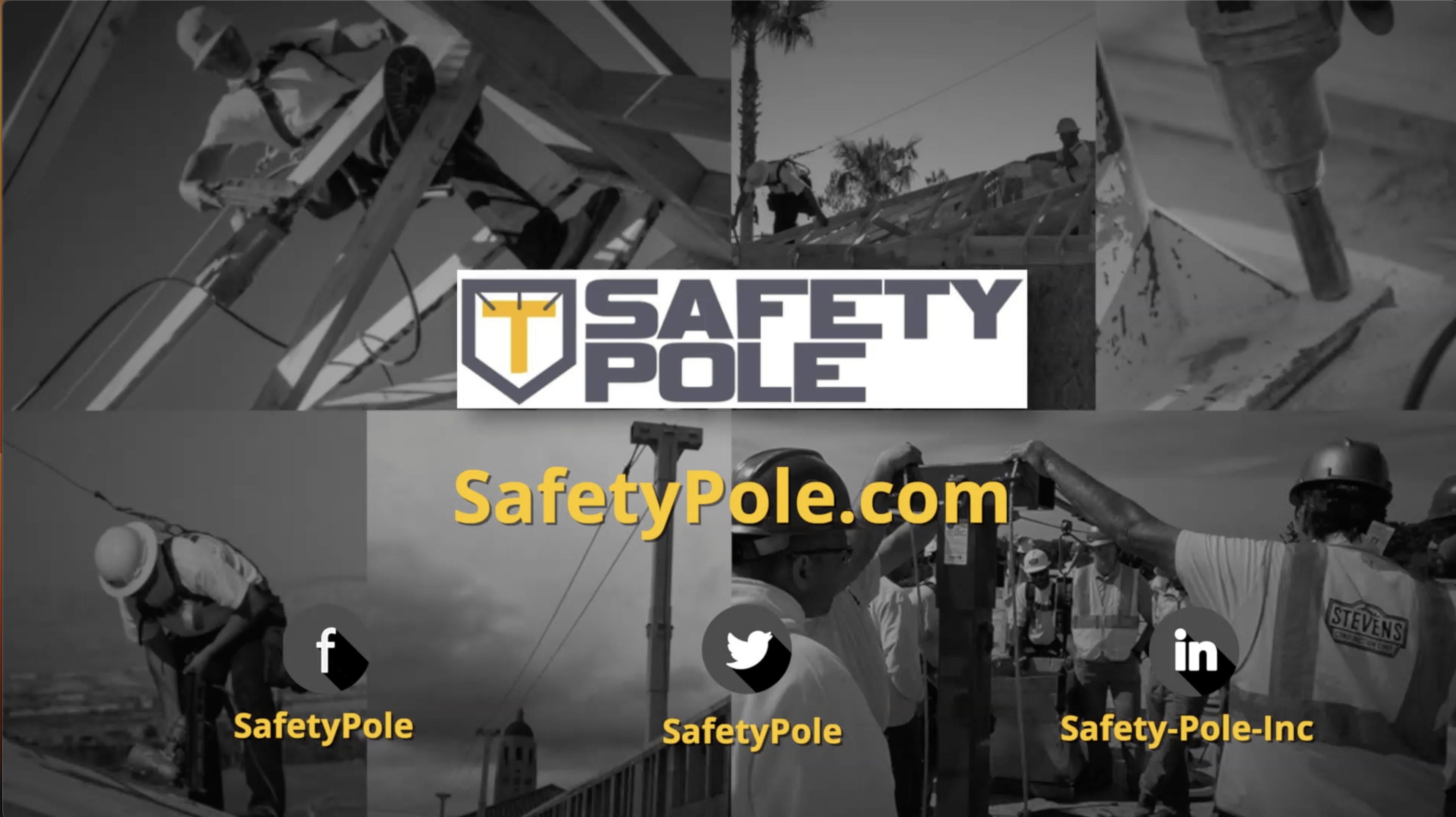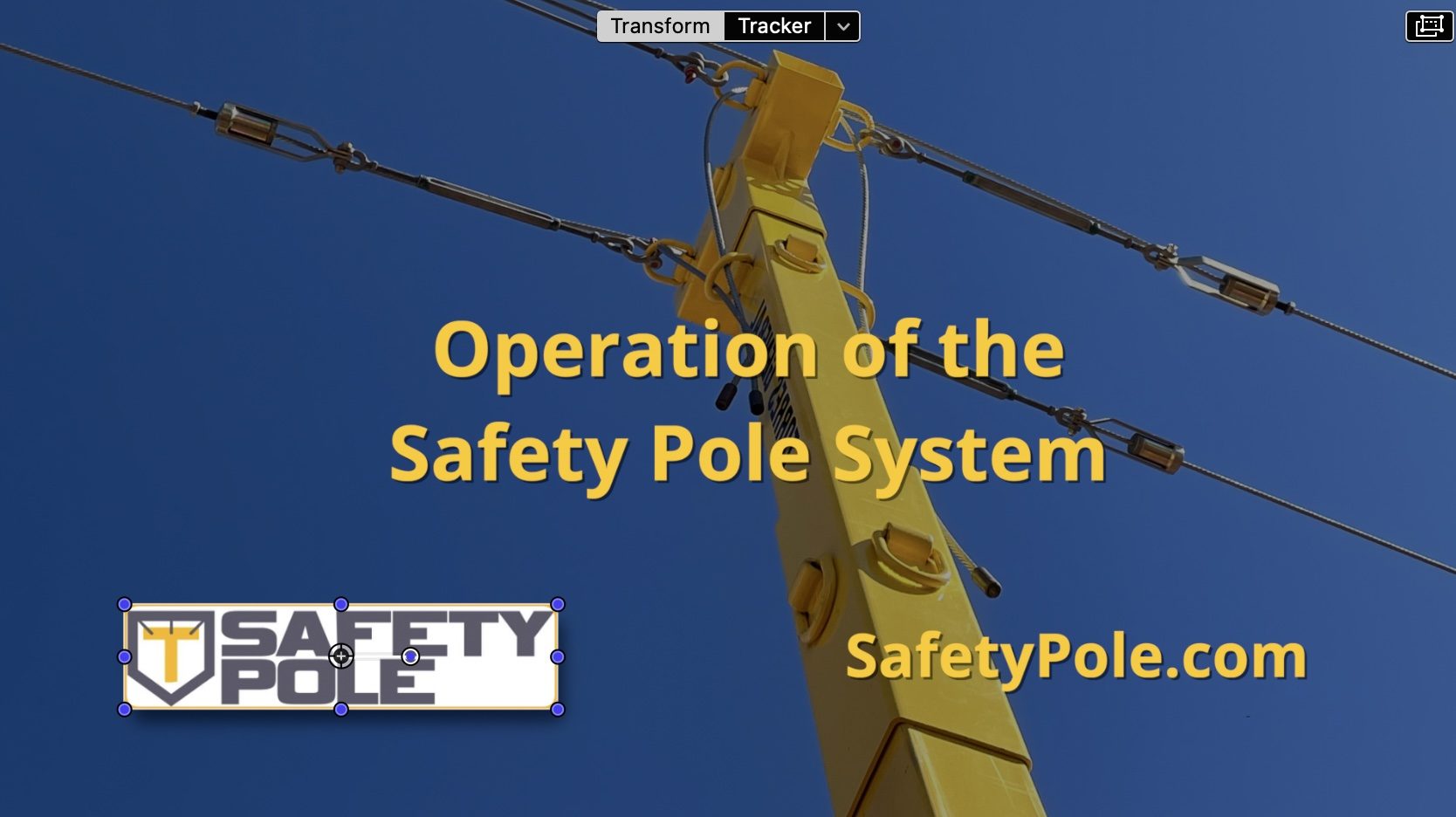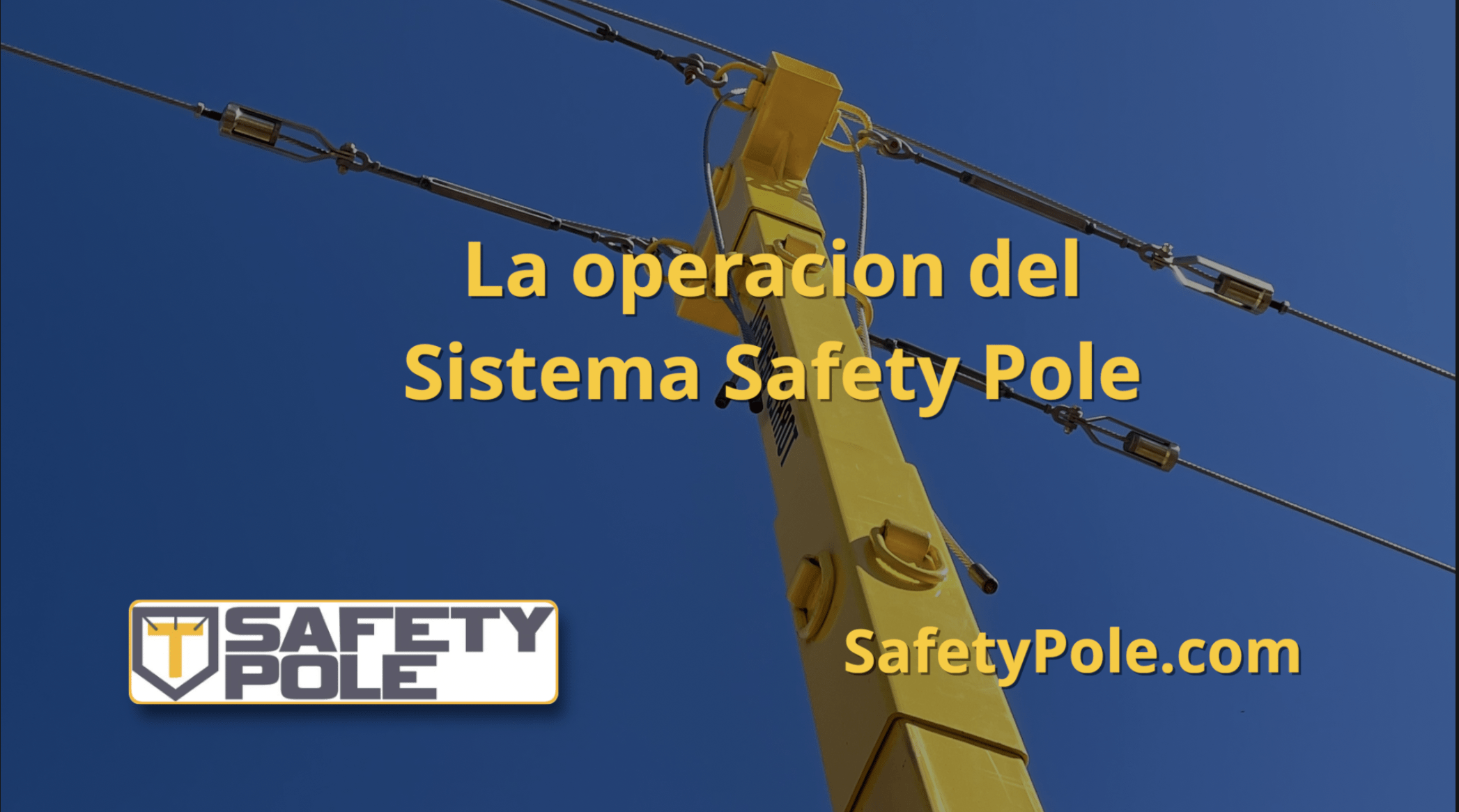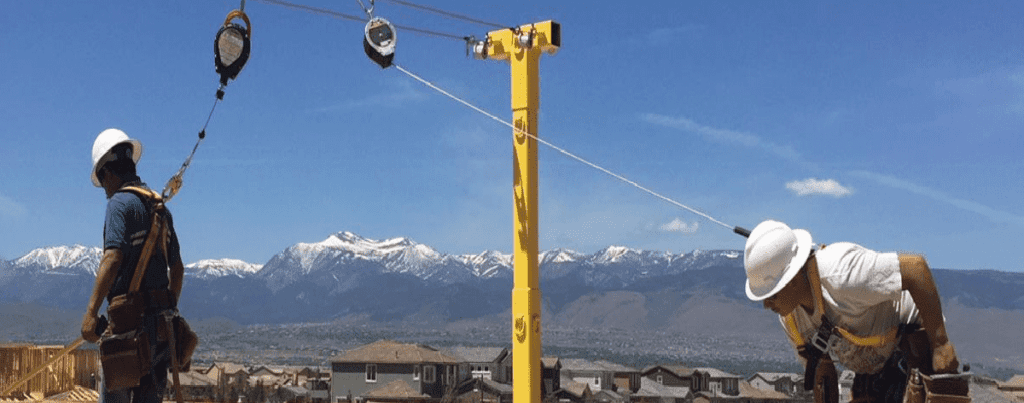
DEDICATED TO GETTING WORKERS HOME SAFELY
Safety starts with Safety Pole

Safety starts with Safety Pole
Creating a strong safety culture within construction companies is crucial for ensuring the well-being of workers and preventing accidents. This article will explore the successful implementation of safety cultures in construction companies and analyze the strategies and practices that have led to significant improvements. Additionally, we will examine the case of JL Schweiters, a company that successfully applied for a safety grant and witnessed a notable decrease in their EMR (Experience Modification Rate) while effectively addressing on-site accidents.
Many construction companies have demonstrated their commitment to safety culture and have achieved remarkable improvements in this area. By prioritizing safety, these companies have not only protected their employees but also enhanced their overall performance. Some notable examples include:
Successful construction companies have employed various strategies and practices to establish and enhance their safety culture. These include:
Effective safety culture starts at the top, with leaders demonstrating a strong commitment to safety. Leadership should regularly communicate safety expectations, provide necessary resources, and actively participate in safety initiatives.
Comprehensive safety training programs should be provided to all employees, covering topics such as hazard identification, safe work practices, and emergency response. Regular refresher training sessions should also be conducted to reinforce safety knowledge
A systematic approach to identifying and controlling hazards is essential. Regular safety inspections, hazard assessments, and the implementation of appropriate control measures are vital for maintaining a safe work environment.
JL Schweiters successfully implemented safety culture after applying for a $10,000 Safety Grant through Minnesota OSHA. Prior to implementing their safety system, their EMR was 1.2. However, after five years of implementing the system, their EMR decreased to 0.79.
Despite this impressive improvement, JL Schweiters experienced seven on-site falls. However, their commitment to safety culture was evident in their proper use of safety poles, which effectively arrested the falls and prevented severe injuries. This incident highlights the importance of implementing safety measures and utilizing appropriate safety equipment to mitigate accidents and protect workers.
The successful implementation of a safety culture in construction companies is essential for ensuring the well-being of workers and preventing accidents. By analyzing the strategies and practices employed by construction companies with improved safety cultures, we can learn valuable lessons. The cases of JL Schweiters and Stevens Construction demonstrates the positive impact of safety systems and equipment in reducing accidents and minimizing injuries. By prioritizing leadership commitment, employee involvement, training, and hazard control, construction companies can achieve significant improvements in their safety culture and overall performance.







Equip your team with Safety Pole & Accessories
Safety starts with Safety Pole